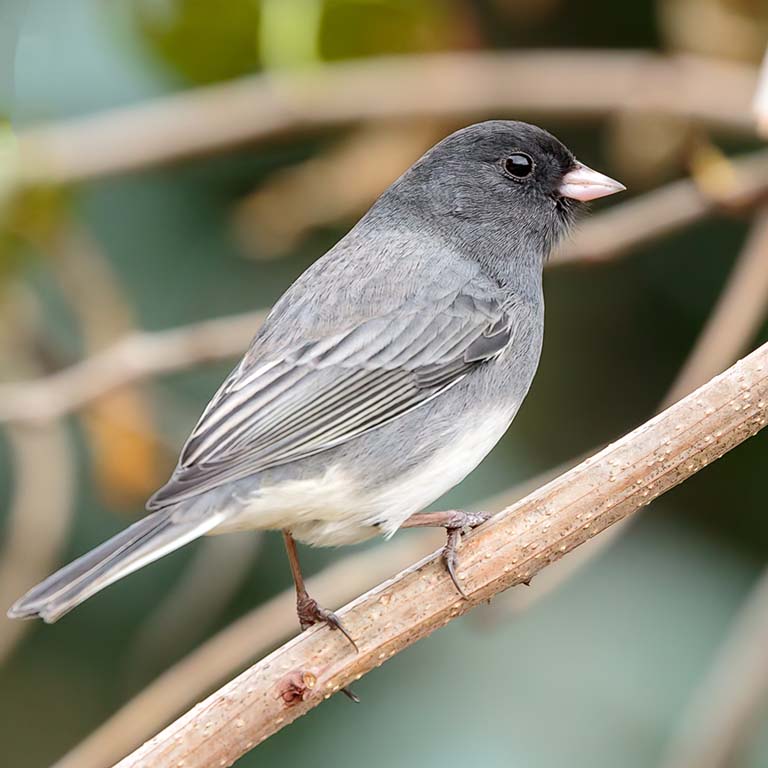Recent research shows that the risk of being infected with parasites can increase for animals, including humans, as they age. A study from the lab of Ellen Ketterson, Distinguished Professor in the Indiana University College of Arts and Sciences’ Department of Biology, supports the research.
In the study, researchers in the Ketterson lab explored two questions: (1) How does the risk of being infected with parasites change for animals as they age? And, (2) how do reproductive hormones affect that risk?
To address these questions, current and former members of the Ketterson lab measured haemosporidian parasite infections in blood samples collected from Dark-eyed Juncos (Junco hyemalis), a common North American songbird. Haemosporidians, which include parasites that cause the disease malaria, are parasites that infect the red blood cells of vertebrate hosts and are transmitted by biting flies, such as mosquitoes. The blood samples were collected before and after the juncos had been treated with testosterone implants under their skin, which raised their levels of the reproductive hormone testosterone, or with empty implants as a control.
The lab’s research, recently published in the Journal of Avian Biology, showed that testosterone implants did not affect the probability of a junco testing positive for a haemosporidian infection. The researchers found, however, that as juncos grew older their probability of testing positive increased, regardless of experimental implant treatment.
“Because we resampled the same individuals repeatedly across years, we were able to conclude that the chances of being infected increased for individual juncos as they aged,” said Sam Slowinski, lead author on the study and former Ph.D. student in the Ketterson lab. It is not clear whether older juncos were more likely to be infected because they had weaker immune systems, making them more susceptible to infections, or simply because they had accumulated more exposures to the parasites over the course of their lives than younger juncos.
Former Ketterson lab Ph.D. students Nicole Gerlach and Britt Heidinger and former Ketterson lab undergraduate researcher Aidan Geissler were also authors on the paper.

 The College of Arts
The College of Arts